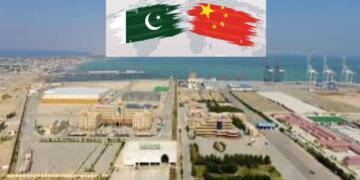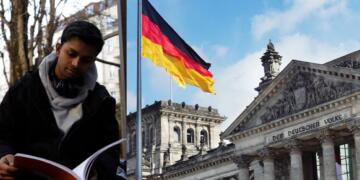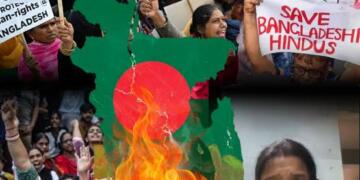In the last few years, PM Modi has unveiled many statutes starting with the Statue of Unity. A few months ago, the PM inaugurated a 216-foot ‘Statue of Equality’ of Ramanujacharya. The statue, made of ‘panchaloha’, a combination of five metals, is among one of the tallest metallic statues in sitting position. It is mounted on a 54-foot high base building named ‘Bhadra Vedi’.
On April 16, Hanuman Jayanti, PM again inaugurated 108 feet Bhagwan Hanuman murti. “Today, we mark the special occasion of Hanuman Jayanti. In Morbi, at 11 AM, a 108 feet statue of Hanuman ji will be inaugurated. I am honoured to be getting the opportunity to be a part of this programme via video conferencing,” he tweeted.
Today, we mark the special occasion of Hanuman Jayanti. In Morbi, at 11 AM, a 108 feet statue of Hanuman ji will be inaugurated. I am honoured to be getting the opportunity to be a part of this programme via video conferencing. https://t.co/qjvLIHWWiO pic.twitter.com/kbHcIxd90Z
— Narendra Modi (@narendramodi) April 16, 2022
This shows that PM Modi has a thing for tall statues and the underlying economies behind this is wonderful. Let us understand this through the example of the Statue of Unity, which was much criticized by the usual suspects in national and international media.
Absurd arguments like, the money spent on Statue of Unity could have been used to build hospitals, and schools have been put forward time and again.
Social media economist and YouTuber, Dhruv Rathee wrote an article titled, “Even if Statue of Unity becomes as famous as Taj Mahal, we may need 120 years to break even.” In the article, he argued that Taj Mahal earns an annual revenue of 25 crore rupees and, “It would be optimistic to hope that the Sardar Patel Statue of Unity will get even a tenth of that number. But even if we assume that the Statue of Unity becomes as popular as the Taj Mahal, it would take more than 120 years to just break even.”
Later it was found from the official figures that the statue of Sardar Patel was visited by 26 lakh tourists and earned 71.66 crore rupees in the first eleven months. The statue cost 3,000 crore rupees, and at this rate of revenue, the project would take a few years to recover the amount.
The statue is among the top 25 most visited places in the world. Moscow’s Kremlin, 25th most visited place in the world, received 2.47 million tourists in 2018 while the Statue of Unity has already been visited by more than 2.6 million people in the first eleven months. By the completion of one year of opening of the structure to the public, the monument is expected to surpass the Tower of London which received 2.85 million tourists in 2018.
The statue stands 182 meters tall, more than 100 times the height of an average human being, it is almost double the famous ‘Statue of liberty’ of the United States and 54 metres more than Spring Temple Buddha, the second tallest structure in the world located in China.
Just like the Statue of Unity became highly successful economically and provides employment to thousands of people as well as earns revenue for the government, these other statues will also slowly develop as tourist places.
India has one of the highest frequency of religious tourism/pligrimage in the world. If a common person is visiting the city, they would definitely like to see these places, thus increasing economic activity. Economically, these places would not only break even in a few years but become highly profitable, and also provide jobs to lakhs. However, the leftists find this common sense economics hard to understand and keep ranting about efficiency of these projects.































